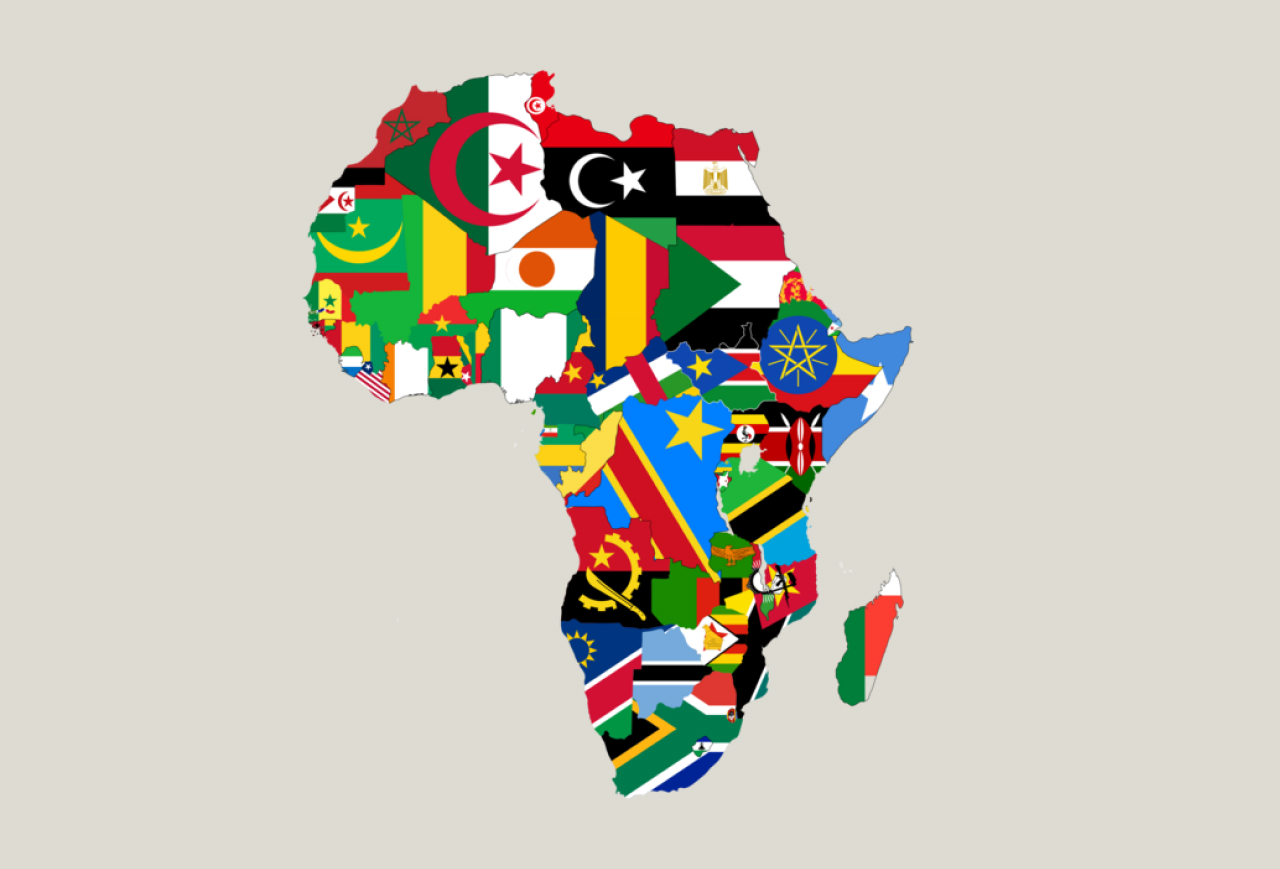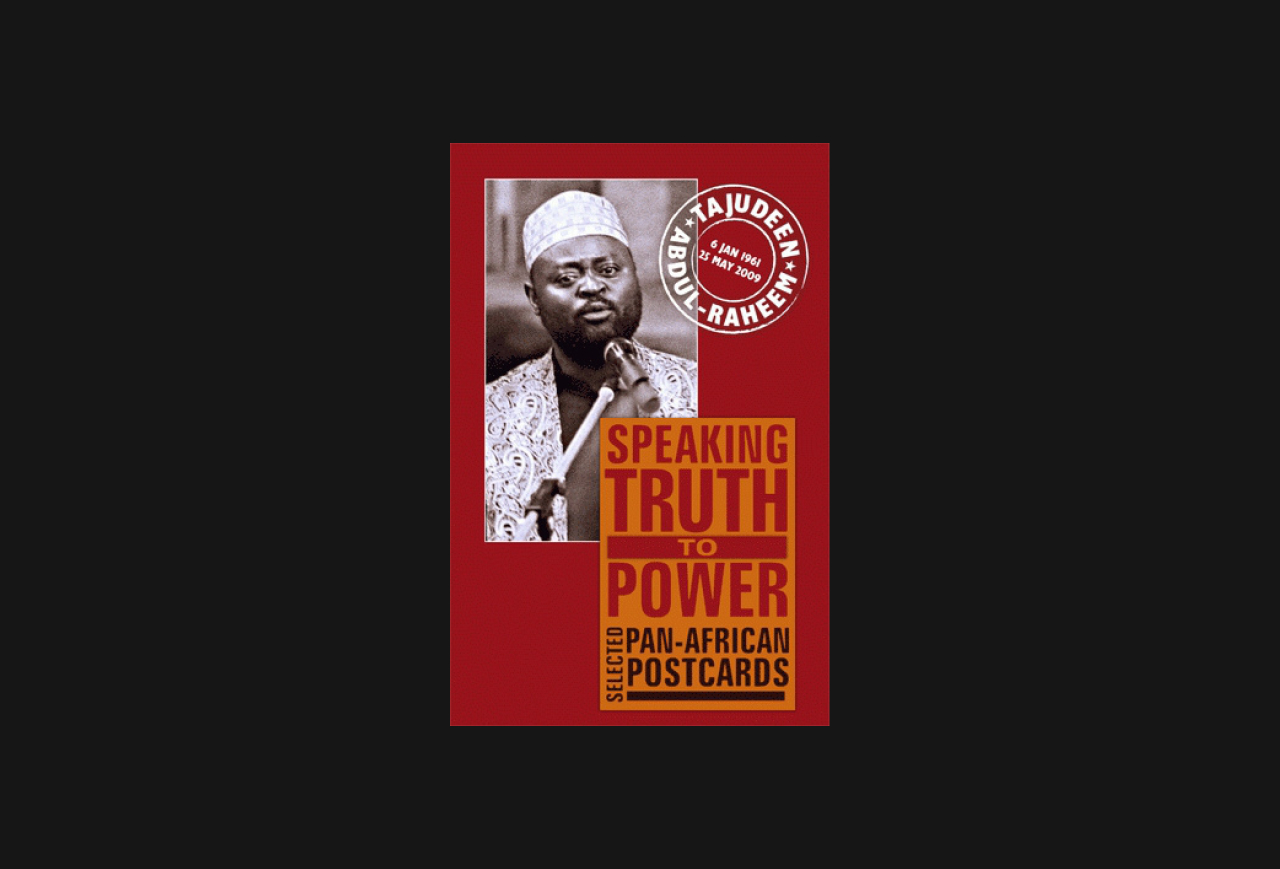The current issue of African Security Review includes several papers that developed out of research from the World Peace Foundation’s African Peace Missions research program, directed by Mulugeta Gebehiwot Berhe. The articles in this issue are open access, and we will be posting key excerpts from each on this blog. The African Peace Missions program culminated in a report submitted to the African Union, African Politics, African Peace, that charts an agenda for peace in Africa, focusing on how the African Union can implement its norms and use its instruments to prevent and resolve armed conflicts.
Below is an excerpt from “Lessons from African Union-United Nations Cooperation in peace operations in CAR” by Tatiana Carayannis and Mignonne Fowlis.
This article examines the roles of the United Nations (UN) and the African Union (AU) in the Central African Republic (CAR), where there is a long history of successive conflict resolution efforts that have been overseen by the international community and the region alternatively. The AU, regional economic communities (RECs) such as the Economic Community of Central African States (ECCAS), and regional leaders have also played important roles during the many initiatives aimed at resolving conflict in CAR. This article analyses the responses and relationship between these institutions and actors, beginning with the deployment of an inter-African monitoring mission in 1997. It focuses less on what happened during those conflicts and more on who defined the objectives and strategies of international responses, and who decided which instruments should be used in pursuit of these goals.
Having hosted nearly a dozen peacekeeping and peacebuilding efforts since the mid-1990s, CAR has been a laboratory for peace interventions – an ‘early adopter’ of various peace initiatives. It is thus a useful case from which to draw preliminary conclusions about the roles of the UN and regional organisations in resolving conflicts that involve entire regions.
Firstly, it appears that peace operations in CAR have lacked a clear political strategy and a clear understanding of the situation, as well as the necessary sustained engagement from both regional and international actors. All intervening actors have tended to understand CAR through narratives developed elsewhere, and have repeatedly relied on the same failed formula – a temporary reduction of violence, national dialogue, the promise of the disarmament, demobilisation, and reintegration (DDR) of combatants, and elections as the exit strategy. This formula has failed to sustain peace because it does not address the underlying causes of the conflict – disputes over identity, citizenship, and belonging. Yet it has been the fallback formula for both the UN and the AU in responding to repeated cycles of violence.
Secondly, each subsequent intervention has added an additional layer to the previous one, thus creating a proliferation of peace operations whose mandates, troop contingents and leadership have not always been fit for purpose. These experiences not only demonstrate the need to better manage the process of re-hatting troops from regional operations to UN operations, but illustrate the challenges for both the AU and the UN in managing their often complicated and sometimes competitive relations with subregional organisations.
This article is organised largely chronologically. The first section provides a brief overview of the various conflicts in CAR over the last two decades and the international responses to them. The second section more closely examines the UN–AU–RECs relationship over a series of important interventions. The concluding section offers some lessons learned about how international peace missions are constructed, based on an analysis of two decades of peacemaking efforts in CAR.


